Delving Into Fine Art Photography
Within the expansive realm of photography lies a genre that transcends mere documentation and delves into the depths of artistic expression. This genre, known as fine art photography, is a captivating blend of technical skill, creative vision, and emotional depth. In this article, we embark on a journey to unravel the intricacies of fine art photography, exploring its defining characteristics, the essence of fine art photos, the individuals behind the lens, and the elements that contribute to its profound impact.
What is Fine Art Photography?
Fine art photography is a form of visual expression that emphasizes aesthetic beauty, emotional resonance, and conceptual depth. Unlike commercial or documentary photography, which often seeks to convey factual information or promote products, fine art photography is driven by the artist's subjective interpretation of the world. It encompasses a diverse range of styles, techniques, and subjects, allowing photographers to freely explore their creativity.
What Makes a Photo a Fine Art Photo?
At its core, a fine art photo is characterized by its ability to evoke emotion, provoke thought, and stimulate the viewer's imagination. While technical proficiency is important, what truly sets fine art photography apart is its capacity to transcend the ordinary and offer a unique perspective on the world. Whether through composition, lighting, or subject matter, fine art photos invite viewers to engage with the image on a deeper level, prompting introspection and contemplation.
What is a Fine Art Photographer?
Fine art photographers are the visionaries behind these captivating images. They possess a keen eye for detail, an innate sense of composition, and a boundless imagination. Unlike commercial photographers who may work within specific parameters, fine art photographers have the freedom to explore their personal interests and experiment with various techniques to convey their artistic vision. They are storytellers, using light, shadow, color, and form to create visual narratives that resonate with audiences on an emotional level.
What is Considered Fine Art Photography?
The term "fine art photography" encompasses a broad spectrum of styles and approaches. From minimalist landscapes to abstract compositions, fine art photographers draw inspiration from diverse sources, ranging from nature and architecture to human emotions and societal issues. What unites these disparate works is their ability to transcend the confines of reality and offer a glimpse into the artist's unique perspective. Whether capturing fleeting moments of beauty or exploring complex themes, fine art photography challenges conventions and invites viewers to see the world through a different lens.
Elements of Fine Art Photography
Several key elements contribute to the success of a fine art photograph:
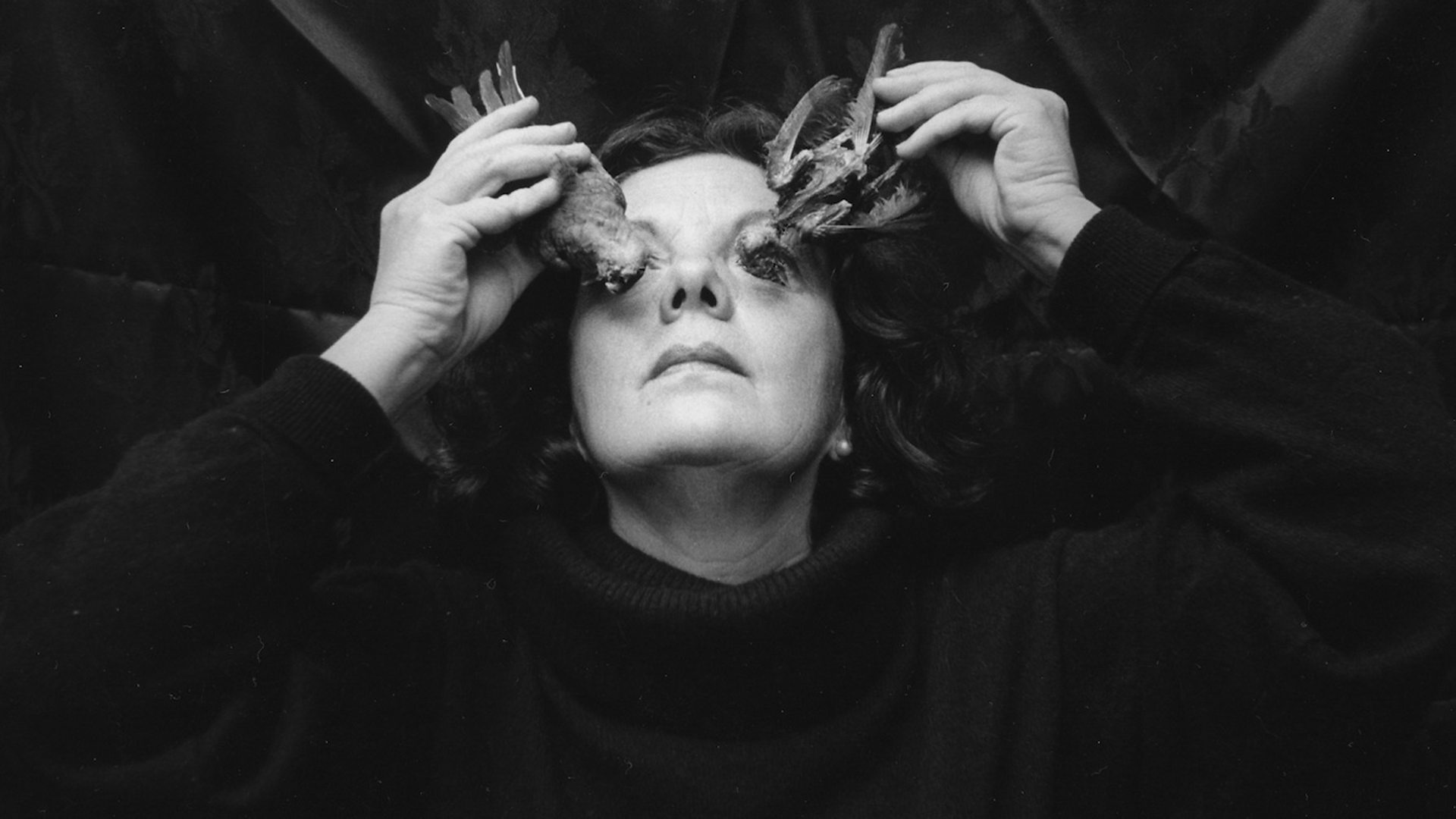
Composition: The arrangement of elements within the frame plays a crucial role in determining the visual impact of a photograph. Fine art photographers carefully consider factors such as balance, symmetry, and leading lines to create harmonious compositions that draw the viewer's eye.
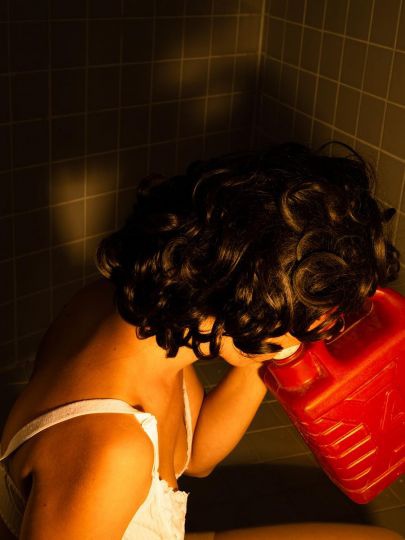
Lighting: Light is the lifeblood of photography, and in fine art photography, it is used to dramatic effect. Whether soft and diffused or bold and directional, lighting sets the mood and adds dimension to the image, enhancing its emotional resonance.
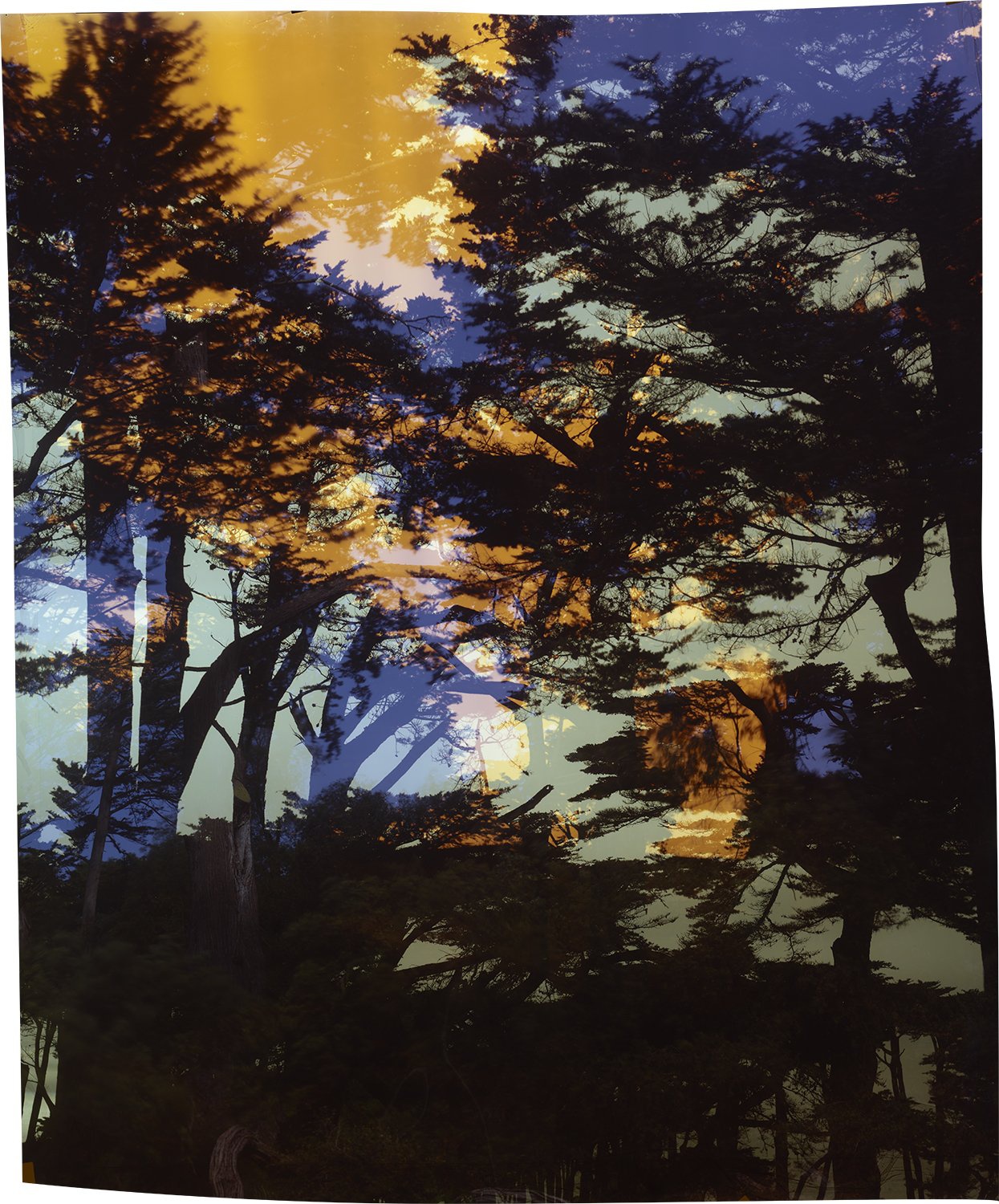
Color: The choice of color palette can profoundly influence the mood and atmosphere of a photograph. Fine art photographers often use color creatively, whether to evoke nostalgia, convey warmth, or create a sense of unease.
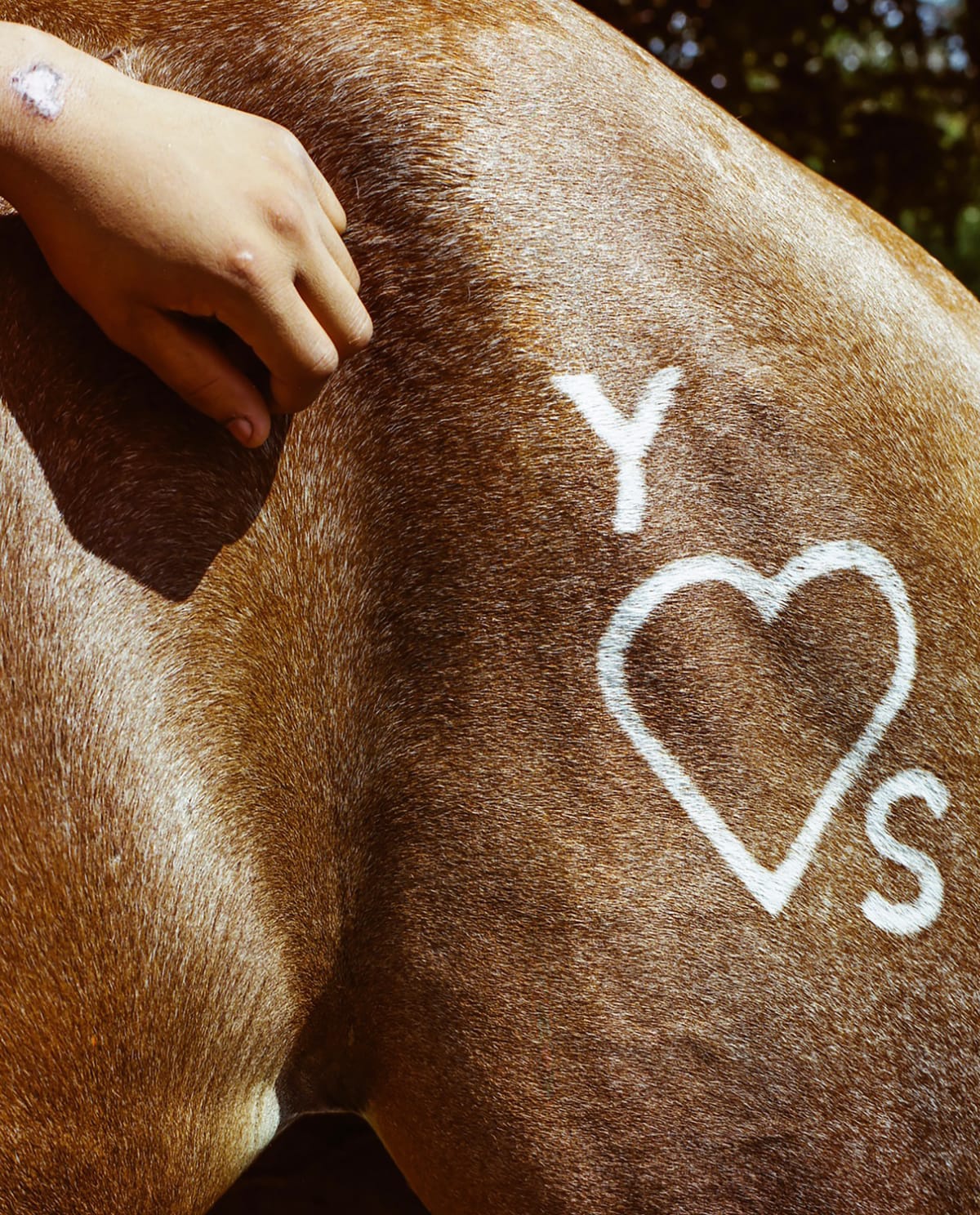
Texture and Detail: Fine art photography celebrates the beauty of texture and detail, inviting viewers to explore the image up close. Whether capturing the weathered surface of a crumbling wall or the delicate petals of a flower, attention to texture adds depth and tactile quality to the photograph.

Conceptual Depth: Beyond mere aesthetics, fine art photography often explores complex themes and ideas. Whether addressing social issues, exploring the passage of time, or reflecting on the human condition, fine art photographs invite viewers to ponder the deeper meaning behind the image.
Types of Fine Art Photography
Within the realm of fine art photography, there exists a myriad of styles and genres, each offering its own unique perspective on the world. Some popular types of fine art photography include:
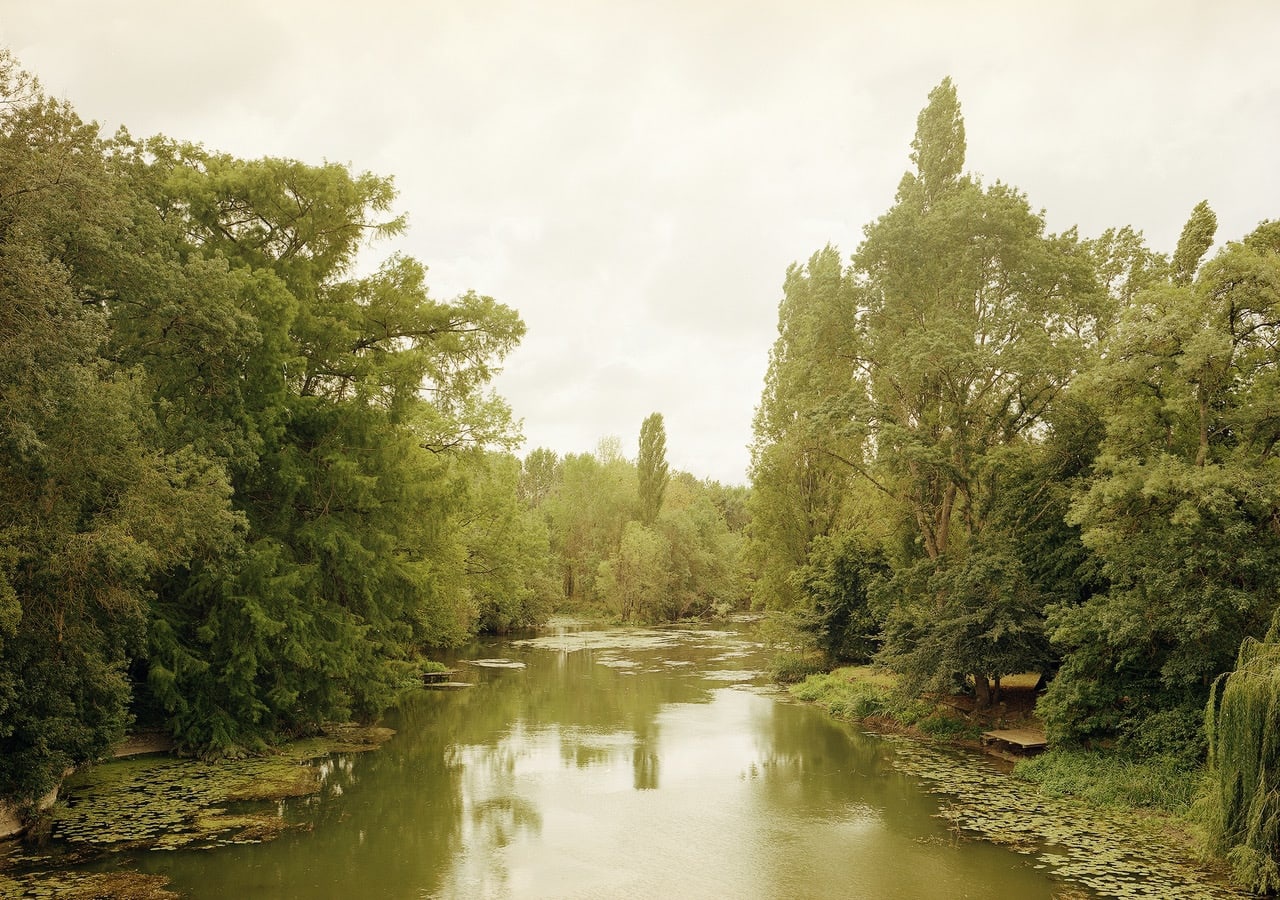
Landscape Photograph: Capturing the beauty of the natural world, landscape photography celebrates the vastness of the outdoors and the ever-changing interplay of light and shadow.
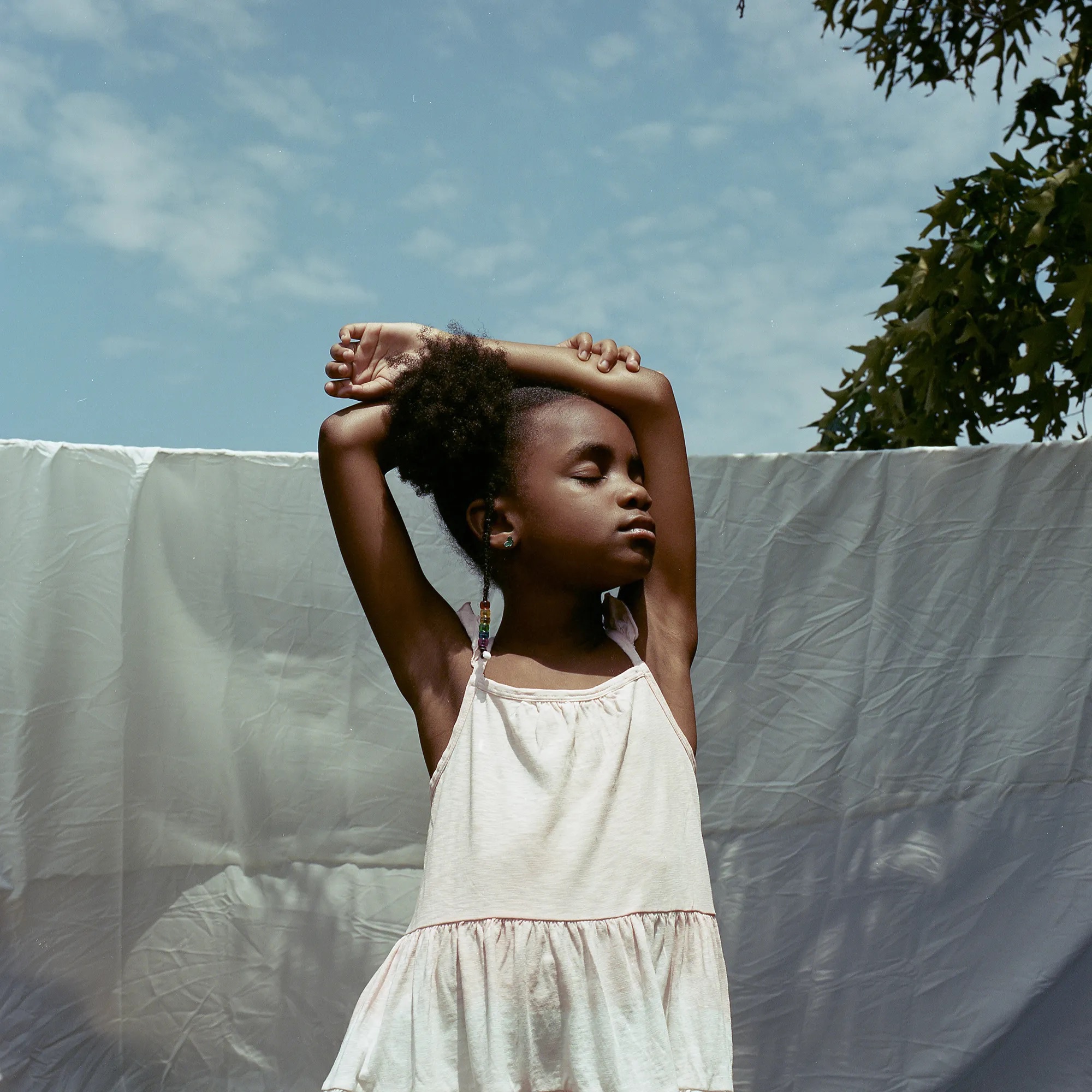
Portrait Photography: From intimate character studies to surreal conceptual portraits, portrait photography explores the complexities of human expression and identity.

Abstract Photography: Abstract photography challenges conventional notions of reality, using shape, form, and color to create images that are open to interpretation and invite viewers to explore the realm of the imagination.
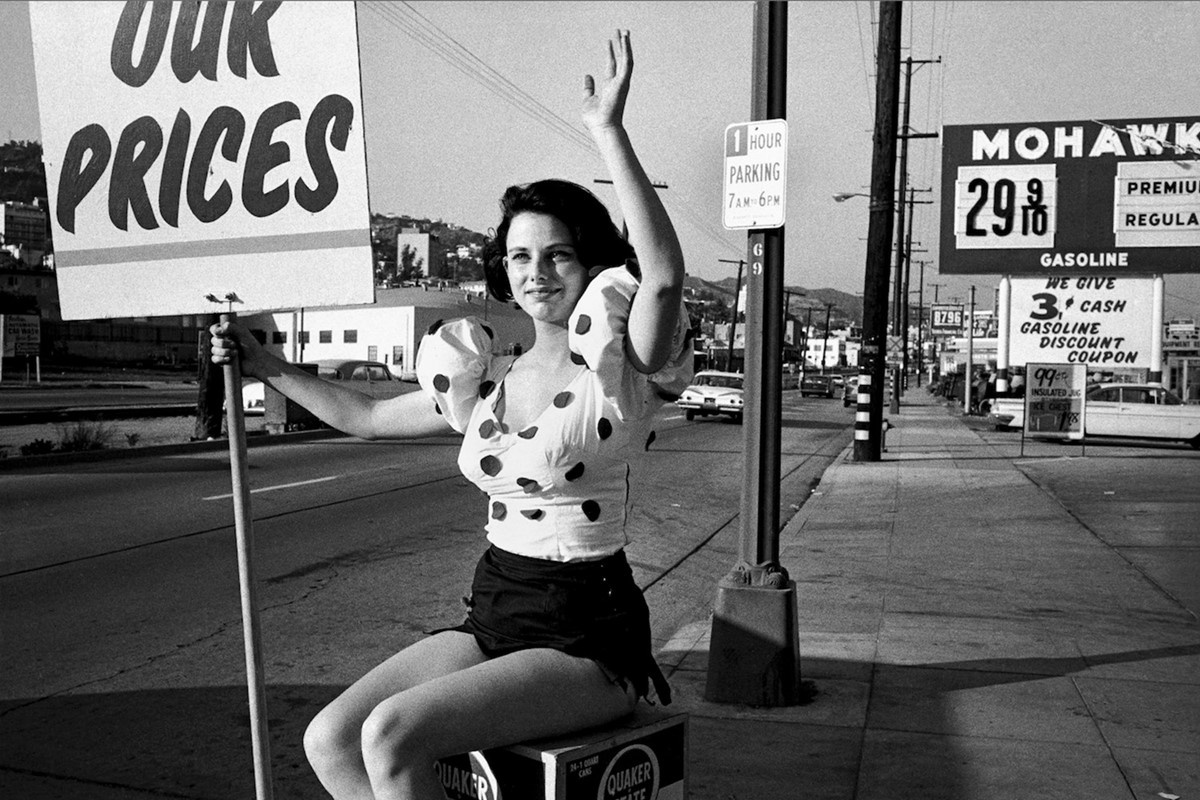
Street Photography: Documenting the urban landscape and the people who inhabit it, street photography offers a candid glimpse into everyday life, capturing fleeting moments of beauty and drama.
In Conclusion
Fine art photography is a rich and diverse genre that celebrates the boundless creativity of the human spirit. Through the skillful use of composition, lighting, color, and concept, fine art photographers transform ordinary scenes into extraordinary works of art, inviting viewers to see the world through fresh eyes. Whether capturing the beauty of nature, exploring the depths of human emotion, or challenging societal norms, fine art photography has the power to inspire, provoke, and captivate audiences around the world.
